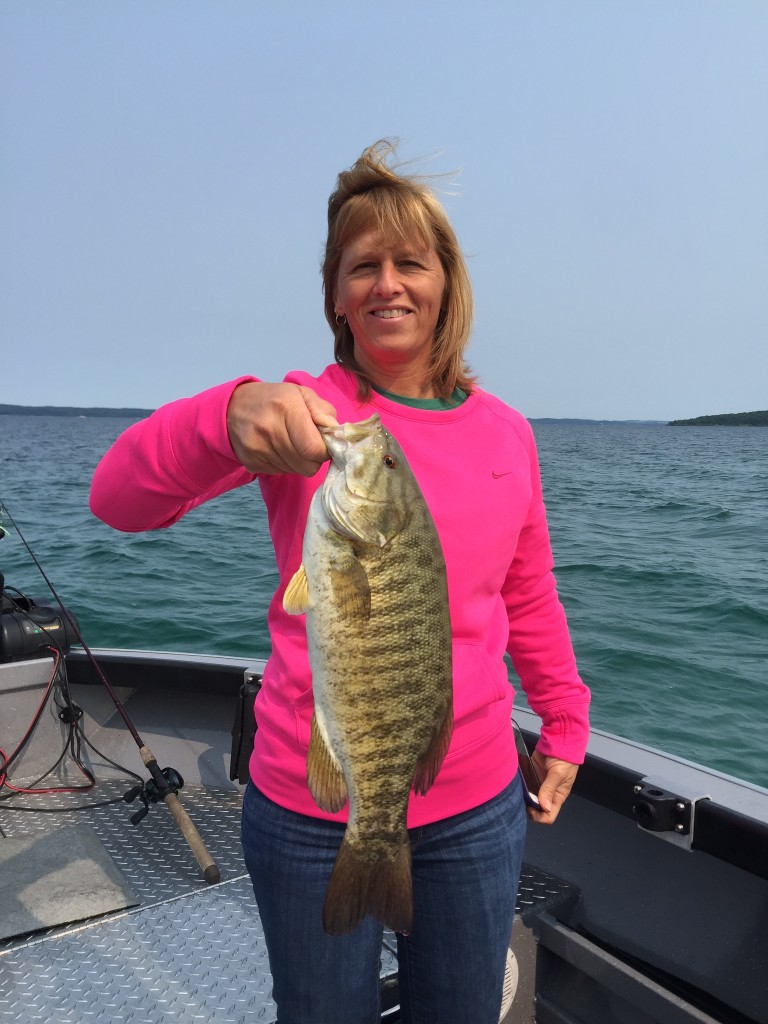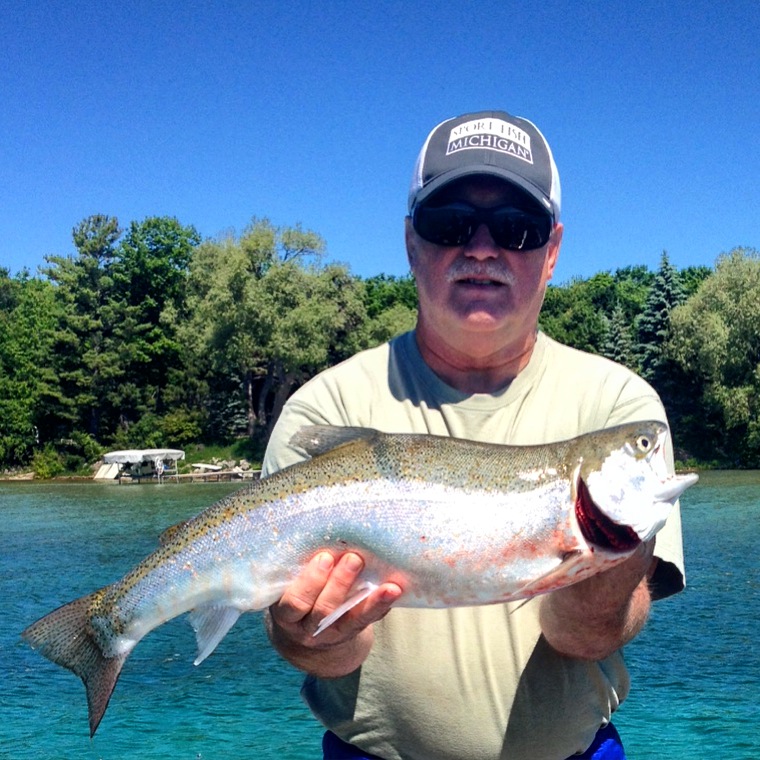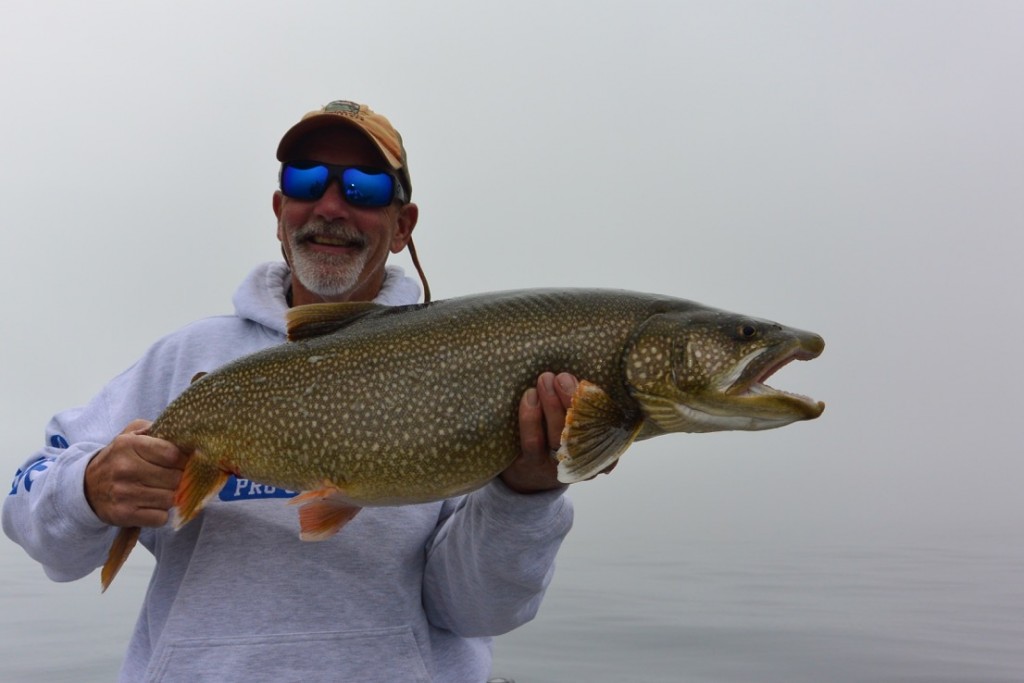As we enter into May, a lot of the major tributaries in the area will have already seen the bulk of the spring steelhead run. For those anglers wanting to target steelhead in the month of May several of the following tactics can be very effective. To find the aggressive fish, target the deeper tail-outs of spawning areas where the adults have dropped back to feed. Trout beads, fry patterns, and even smaller body baits can be great when going after these warmer water drop back steelhead. Remember, these fish have been through a lot, they have made it all the way trough the gauntlet to spawn, and now they are hungry and ready to make their journey back to the lake. This also presents some great opportunities to have some excellent brown trout fishing. The browns will be at the tail-outs awaiting a free meal as well!
The temperature along most of the northern Lake Michigan coast has already been holding around 40 degrees for a few weeks. This has set up some excellent brown trout fishing in Platte Bay, Pt. Betsie, and Frankfort. We are seeing good numbers of browns returning to the area every year. These fish are very healthy, running an average of 3-5 pounds.
In May, most anglers have the best success trolling the shallow water troughs along the beach trying to maintain 6-12 ft. of water. Running natural patterned body baits on 10-pound fluorocarbon off of in-line planer boards works very well. Most anglers have success with running 75-85ft leads from the board to the bait. As the water temperatures along the shoreline gradually approach 50 degrees, this tactic will also produce good catches of shallow water lake trout. The lake trout action will heat up as the winds blow warmer water and bait fish in from the south, so be ready!
Grand Traverse Bay’s are still maintaining some very cold-water temperatures. But this will not stop anglers from getting out and taking advantage of some excellent jigging and trolling opportunities. The cisco can be found on the shallower sides of the breaks, feeding mostly halfway down the water column. It is very common to find these aggressive fish suspended the majority of the time. Gold Swedish Pimples and 1-ounce jigging spoons are typically the bait of choice.
The lake trout can be found making their way toward the shallower flats of the bays as the water temps approach the mid 40-degree mark. Anglers will have great success both jigging and trolling for these aggressive fish. Most anglers trolling will have a program made up of short lead core lines, slide-divers, and down riggers. Smaller spoons such as Mini-Streaks, Stinger, and Warrior Flutter Spoons will commonly be used. Jigging techniques will mostly consist of 1-2 ounce jigging spoons with white, red, green, and brown being the most effective colors. Jonah Jigs, Swedish Pimples, and Elk Rapids S-Jigs are very effective, although we are partial to the action of the Jonah Jigs when big fish are looking for a large meal.
Waters are still cold in May, and caution should always be taken when heading out onto any body of water. Have fun, stay safe and tight lines!











